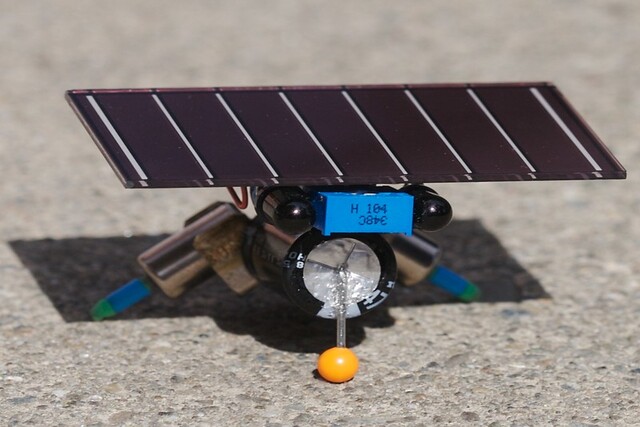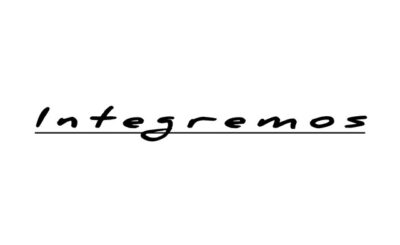A promising area in the ever-changing field of urban infrastructure is the addition of solar robots. These advanced machines, powered by renewable energy, are poised to revolutionize how cities manage their infrastructure. As urban areas face increasing demands for sustainability and efficiency, solar robots emerge as a compelling solution. This article delves into the role of these robots in urban infrastructure, exploring future trends, applications, and considerations, with a particular focus on various aspects of robots.
Table of Contents:
The Rise of Solar-Powered Robots in Urban Infrastructure
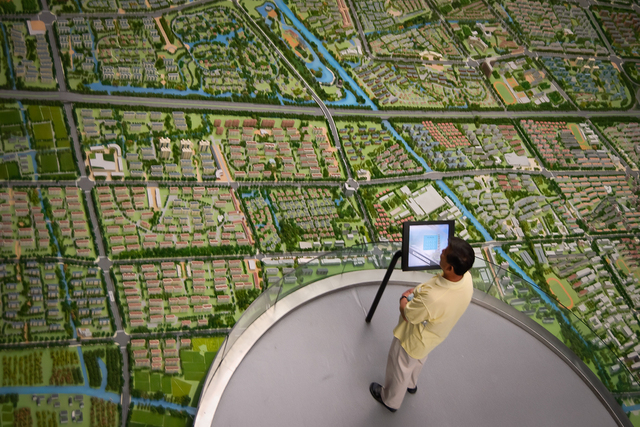
Urban infrastructure is the backbone of modern cities, encompassing everything from transportation systems to energy grids and public services. As cities grow and environmental concerns mount, traditional methods of managing and maintaining infrastructure are proving inadequate. Those robots offer a transformative solution by combining cutting-edge technology with renewable energy.
Understanding Solar Robots
Sunlight-Powered Robots are autonomous machines powered by solar energy. These robots harness sunlight through photovoltaic cells, converting it into electrical power to perform various tasks. Their reliance on solar energy makes them highly sustainable and well-suited for operations in urban environments where reducing carbon footprints is crucial.
Applications of Solar Robots in Urban Infrastructure
1. Smart Maintenance and Monitoring
One of the primary applications of these kind of robots is in the maintenance and monitoring of urban infrastructure. Equipped with sensors and cameras, these robots can inspect roads, bridges, and buildings for signs of wear and tear. They can detect structural issues early, reducing the need for costly repairs and ensuring public safety. The solar-powered nature of these robots allows them to operate continuously, even in remote or underserved areas where traditional power sources may be unavailable.
2. Energy Management and Efficiency
Smart grid energy management also benefits greatly from the use of solar robots. They are able to track energy consumption, distribute energy more efficiently, and even pinpoint places that might need more energy efficiency. By integrating with solar panels and other renewable energy sources, these robots help cities transition towards greener energy solutions. Their ability to perform energy audits and manage resources autonomously makes them invaluable in the quest for sustainable urban development.
3. Waste Management and Clean-Up
In the realm of waste management, solar robots are proving to be game-changers. They can autonomously patrol city streets, parks, and waterways to collect litter and debris. Solar-powered waste collection robots are not only eco-friendly but also reduce the need for human intervention, lowering labor costs and improving efficiency. Their deployment in urban areas helps maintain cleanliness and contributes to a healthier living environment.
The Solar Powered Robot Project, Case Studies and Innovations
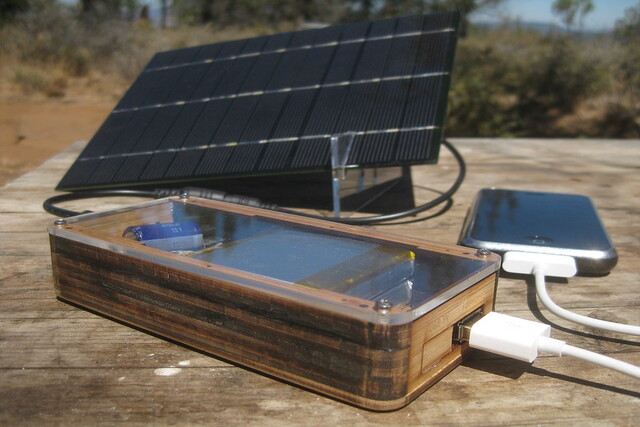
1. International Innovations
Numerous Solar powered robot project initiatives worldwide demonstrate the potential of sun running robots in urban infrastructure. For instance, projects like the Solar Tree in Europe combine solar technology with robotics to create self-sustaining energy systems. These projects showcase how sun energy robots can be integrated into existing infrastructure to enhance functionality and sustainability.
2. Local Innovations in Pakistan
In Pakistan, the concept of “Solar robots in Pakistan” is gaining traction as part of broader efforts to address energy and infrastructure challenges. Local universities and research institutions are developing solar robots tailored to the country’s unique needs. These robots are designed to tackle issues such as energy shortages, waste management, and infrastructure maintenance, all while promoting the use of renewable energy sources.
Solar Robot STEM Education
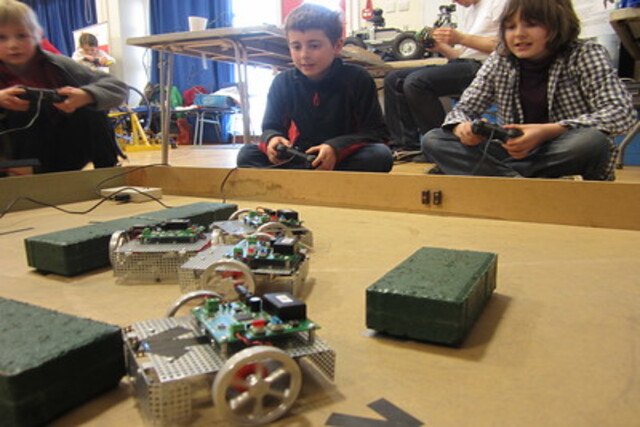
1. Importance of STEM Education
The integration of sun energy machines into urban infrastructure also underscores the importance of Solar Robot STEM (Science, Technology, Engineering, and Mathematics) education. As cities embrace this technology, there is a growing need for skilled professionals who understand both robotics and renewable energy systems. Solar robotics focused STEM programs give students the information and abilities needed to promote innovation in this area.
2. Educational Programs and Initiatives
Educational institutions around the world are incorporating solar robotics into their curricula. These programs not only teach students about the technical aspects of robotics but also emphasize the importance of sustainable energy solutions. In Pakistan, STEM initiatives are particularly crucial as the country seeks to build a workforce capable of advancing its solar robot projects and other technological advancements.
Role of robots in space exploration
Space exploration and solar machines represent a dynamic synergy in the quest for knowledge beyond our planet. Sunlight robots, leveraging the power of solar energy, are particularly well-suited for space missions due to their ability to operate autonomously and sustainably. Their deployment in space missions enhances our ability to explore distant planets and moons, advancing our understanding of the cosmos while minimizing reliance on conventional energy sources.
Considerations and Challenges
1. Cost of sunlight Robots
One of the critical factors influencing the adoption of solar robots is their cost. The Solar robots price can be significant, particularly for advanced models equipped with sophisticated sensors and AI capabilities. However, it is likely that the price of these robots will drop as production increases and technology develops. The long-term benefits of these robots, including reduced energy costs and enhanced efficiency, often outweigh the initial investment.
2. Technological and Infrastructure Limitations
Despite their potential, the robots face several challenges. Technological limitations, such as battery life and solar panel efficiency, can impact their performance. Additionally, the integration of solar robots into existing infrastructure may require significant adjustments and investments. Addressing these challenges is crucial for the widespread adoption of solar robots in urban environments.
3. Policy and Regulatory Considerations
The implementation of solar robots also requires supportive policies and regulations. Governments and local authorities must establish frameworks that facilitate the integration of these technologies into urban infrastructure. This includes creating incentives for research and development, as well as addressing any regulatory hurdles that may arise.
The Future of Robots in Urban Infrastructure
As we look to the future, the role of solar robots in urban infrastructure is poised to expand significantly. Advances in technology, coupled with a growing emphasis on sustainability, will drive innovation in this field. Solar robots are likely to become more affordable, efficient, and versatile, making them integral to the development of smart cities.
Emerging Trends
Several trends are shaping the future of such powered robots in urban infrastructure. These include the development of more advanced AI algorithms, improved solar panel technologies, and greater integration with other smart technologies such as IoT (Internet of Things). Additionally, the rise of collaborative robotics, where multiple robots work together, will enhance the efficiency and capabilities of solar-powered systems.
Global Impact
The global impact of solar robots will be profound. As cities around the world adopt these technologies, we can expect to see significant improvements in infrastructure management, energy efficiency, and environmental sustainability. The robots represent a key component of the broader movement towards smart, green cities.
Conclusion
Solar robots are emerging as a transformative force in urban infrastructure, offering sustainable solutions to a range of challenges. From smart maintenance and waste management to energy efficiency and STEM education, the potential applications of these potential robots are vast. As technology advances and costs decrease, the integration of solar robotics into urban environments will become increasingly common. In Pakistan and beyond, the development and deployment of these kinds of robots will be essential in determining how smart cities develop in the future. Embracing solar robots is not just a step towards technological advancement; it is a commitment to building a more sustainable and efficient world.

